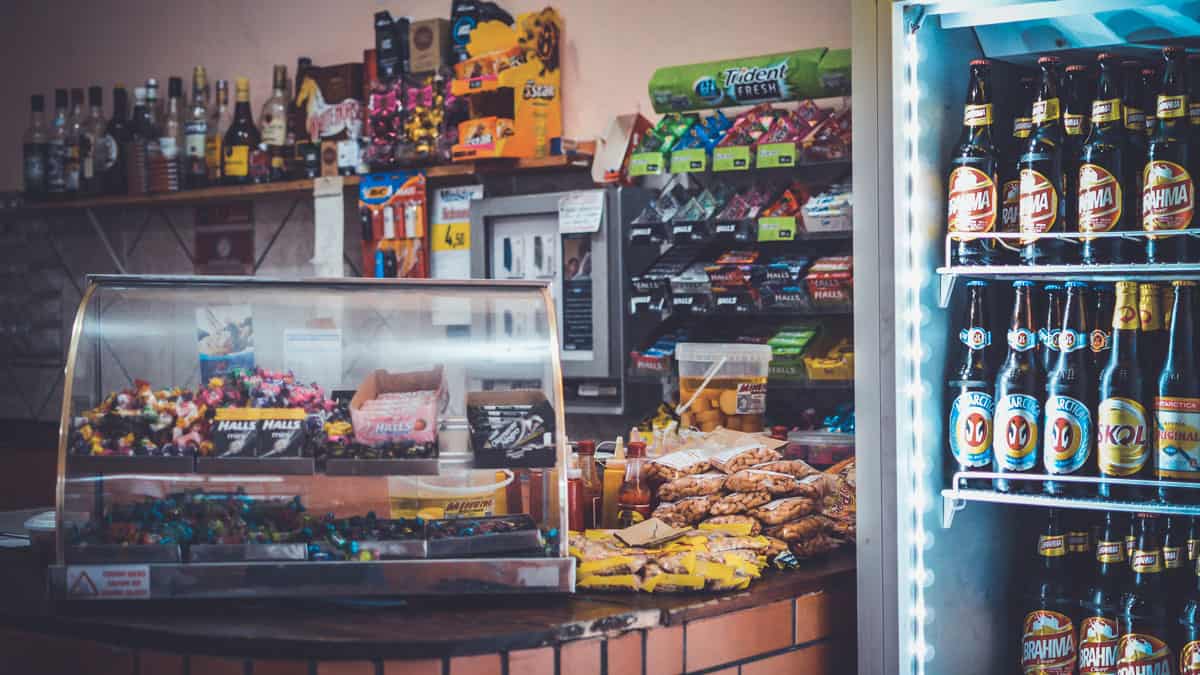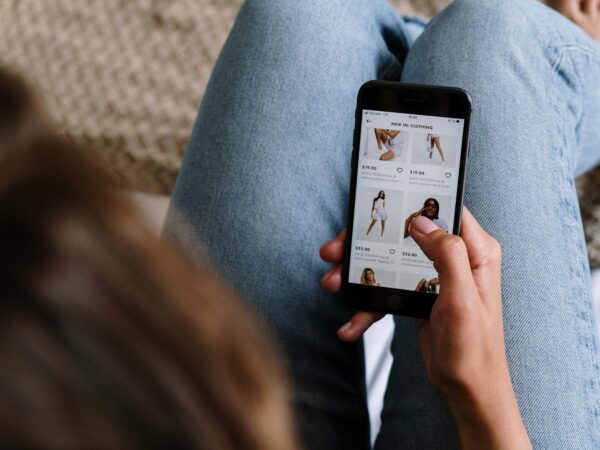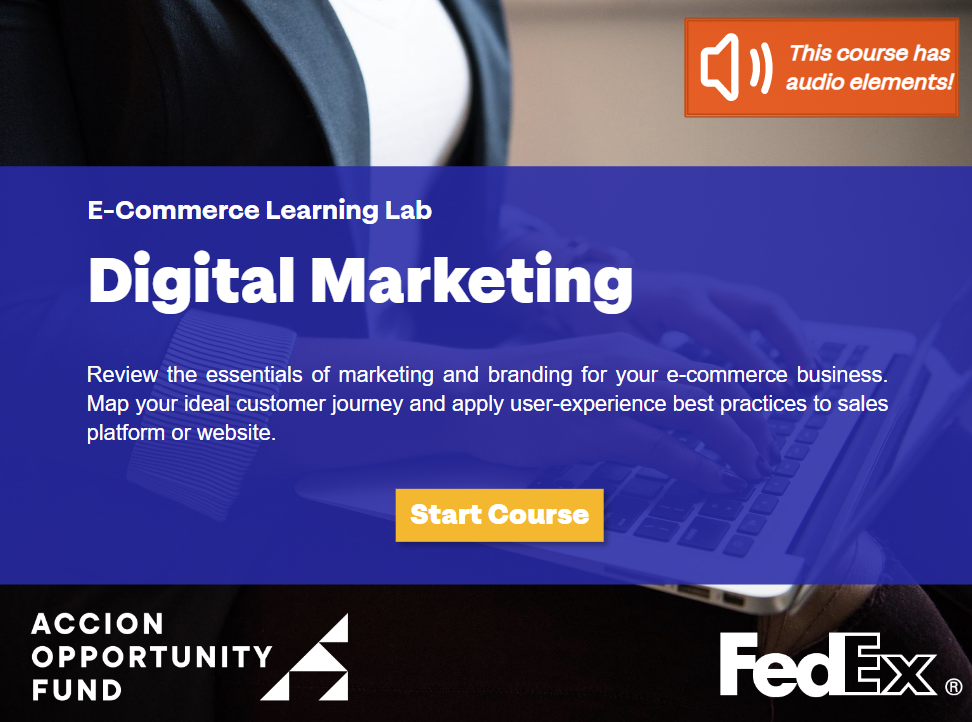What is Product Placement, Why Does it Matter and How to Get It
What is product placement? What types of product placement are there? Why does it matter to your business?

What is Product Placement and Why Does it Matter?
You’ve probably heard the phrase “product placement” but may not know exactly what the phrase means. Product placement is becoming an increasingly important way for brands to reach their target audience in subtle ways. Businesses are using product placement to increase their sales, brand awareness, and draw in customers – all without “traditional ads.”
1. Media
Product placement is a modern merchandising strategy for brands to reach their target audiences without using overt traditional advertising. Embedded marketing is another term for product placement since the product is embedded in another form of media. This placement of branded goods or services is often found in entertainment, namely in movies or TV.
For product placement examples in the media, think of movies you’ve seen. If the lead actor is drinking a clearly labeled Coca-Cola beverage or using a clearly labeled Samsung cell phone, then this is product placement. Some world-renowned examples of product placement include Spielberg’s E.T. and Hershey’s Reese’s Pieces, Tom Cruise’s Ray Ban shades in “Risky Business,” and Carrie Bradshaw’s Manolo Blahnik shoes in “Sex and the City.”
Certain movies work with multiple brands. Ad Age reports that Superman: Man of Steel had more than $160 million in product placement promotions and more than 100 global marketing partners. Warby Parker glasses, Hershey’s, Sears, Kellogg’s, and Nokia all had product tie-ins with the blockbuster movie release.
Increased Profits
In most cases, these large brands will have paid large sums of money for their brand to be placed in these movies. While the product placement cost can be high, the payout can be even higher for the brand. It’s reported that Hershey saw a 65% increase in profits during E.T.’s movie run. Similarly, Mini Cooper car manufacturer BMW saw a 22% increase in Mini Cooper sales the year after the heist movie The Italian Job featured a fleet of more than 30 Mini Coopers.
Brand Recognition
Aside from an increase in profits, product placement can also boost brand recognition. The Journal of Management and Marketing Research (JMMR) estimates that “57.5% of [television] viewers recognized a brand in a placement when the brand also was advertised during the show.” Even if that doesn’t translate to immediate sales, higher brand recognition will benefit your business in the long run.
Priceconomics stats support this, reporting, “placements in TV shows can increase brand awareness by up to 20%, and NextMedium claims that number can climb to 43% when the placements are integrated into “emotionally engaging programs.” They attribute this number to the “halo effect:” a positive association with a show or person begets a positive association with the corresponding product.
The goal is for the prospective consumer to be positively influenced by the brand, without overtly noticing the placement of that brand. The ultimate goal of superior placement is to positively influence their perception of your brand or product so you buy it.
2. Retail Settings
“Product placement” not only applies to subtle placement in media but can also apply to actual retail shop space. Think about going through a grocery store checkout – how many times have you picked up a candy bar or magazine just because it’s right there?
Just as with media, big-name corporate brands will pay top dollar for prime space on the retail floor and on shelves. That may mean large endcap displays, space right next to the register, or even just having their products at eye level on the shelves (this significantly increases the likelihood a consumer will choose their product over similar ones that aren’t at eye level). Brands will also pay to limit shelf space for their competitors; these fees are known as slotting fees.
Data on the cost for slotting fees is not readily available, since retailers closely guard these numbers. However, it’s common sense that big brand retailers can pay large amounts of money for the premium shelves and premium aisles in the grocery or retail locations. These large fees can make it difficult for smaller brands or businesses to break into the commercial retail market.
So, you may not be able to command top-notch shelf space at Safeway right away. You can, however, make connections with smaller local stores to get your products in front of consumers. And even the large stores may be open to a small endcap display for a local business – Sam’s Club is a great example.
3. Social Media
Product placement has found an increasingly vibrant home on social media platforms. The advent and explosive popularity of social media means that the retail and ad landscape has had to change to keep pace. Even huge corporate brands now rely on Facebook, Twitter, Instagram, and YouTube to share, promote, and sell their products.
Social media product placement takes the form of the social influencer. The social influencer is a social media personality with a large following; they may use branded products in order to boost that brand’s popularity with their following (for a fee, of course).
Social media influencers don’t need to be household name reality stars though, to make an impact on product placement. Check out Jason Sadler’s grassroots product placement campaign iWearYourShirt, which has grown exponentially since its creation.
Entrepreneur reports that Sadler “takes the traditional idea of product placement and flips it on its head. Instead of tacitly introducing branded goods or services into the story lines and plots of movies and television shows, which is the norm for product placement, Sadler produces constantly revolving comedy sketches that focus on various advertisers’ products and services — all while wearing a T-shirt emblazoned with a different advertiser’s logo each day.”
Influencer marketing can range from very overt shout-outs to your brand to subtle inclusion of your products in a picture or post; you’ll need to work through your marketing strategy to decide what works best for you. And all of it starts with finding the right influencer to hit your target audience and your budget – you probably won’t get much out of Kim Kardashian promoting your line of cleaning products, but she was great for the lip gloss.
How Can You Get Product Placement for Your Small Business?
National product placement campaigns are, of course, expensive. That doesn’t mean that small business owners should not try to use product placement to spread the word about their products and their brand.
Remember: The goal of your product placement campaign can be to simply get your brand out in front of your target audience. There are numerous low-cost or free way to achieve this goal:
- Maximize Social Media. Facebook and Twitter are free spaces to share products with your followers. Instagram is a perfect medium for visual product placement. YouTube can show your product being used by a media influencer. Don’t be afraid to reach out to people that have impact with your target audience – that’s how some of them make their living and they’ll be open to negotiating with you for placement.
- Cold Calls Can Work. Don’t be afraid to pick up the phone to speak to someone in the local media industry about product placement opportunities.
- Do Your Own PR. Use your social media channels to reach out to industry influencers. Create awareness and interest for your products by sharing with those who may be able to do some product placement on their own channels.
- Prepare Press Kits. If someone in the media or social media expresses interest in working with you on product placement, it pays to be prepared. Put together a professional press briefing. Include all media and news about your product. Also include tangible samples of your product and packaging to share with interested prospects.
- Be Active. Maintain an active presence on your social media to drum up prospects. Don’t just share product photos. Create valuable content, such as tips or how-tos so that others will want to share your products.
- Build Clout. Getting your products out in the world is a matter of tenacity. Use your online store or retail space at small local shops to build product credibility. Use social media to reach out to bloggers to feature your products.
- Sell Your Story. The platforms that you can use for product placement value their reputations – that’s why product placement on those platforms is valuable in the first place. One great way to entice them toward your project is to sell your story as much as your product. If you’re doing something to give back to the community, highlight that! Talk to your product placement target about how you’re looking to drum up awareness for your cause, not just your product.
Location, Location, Location
Product placement can help boost sales, build brand awareness, and engender brand goodwill. Large corporate names spend huge amounts on product placement in the media, namely TV and movies. Small businesses may not have the funds to get their products front-and-center in the next summer blockbuster, but social media and local retailers offer small businesses the chance to participate in low-cost or free product placement opportunities. Get your brand out there and you’re sure to see results.









